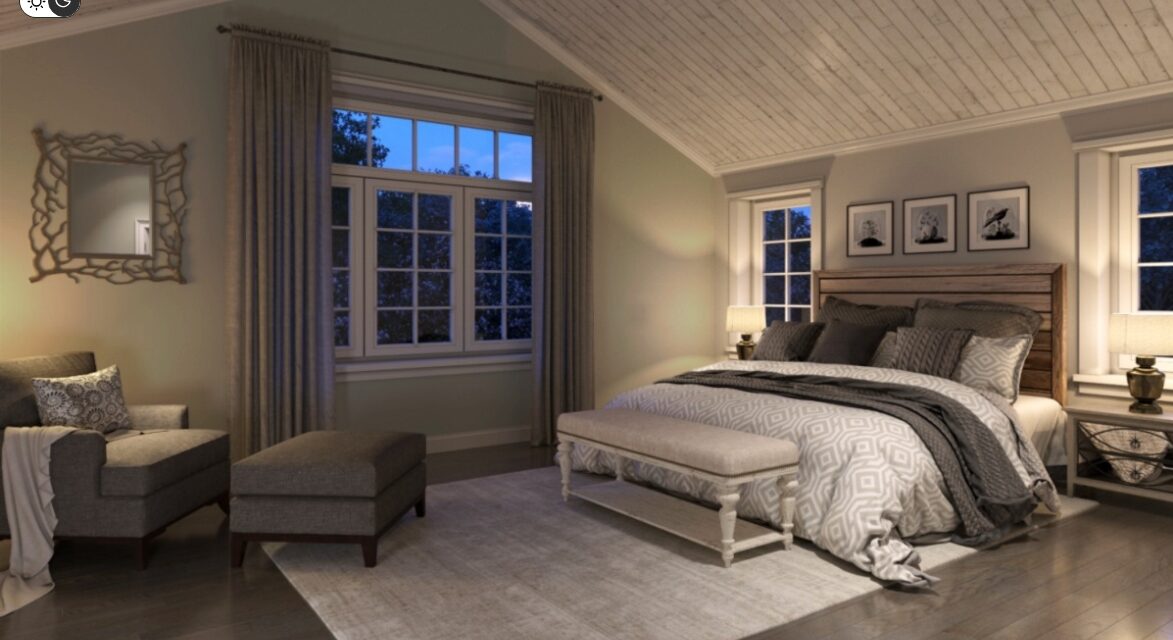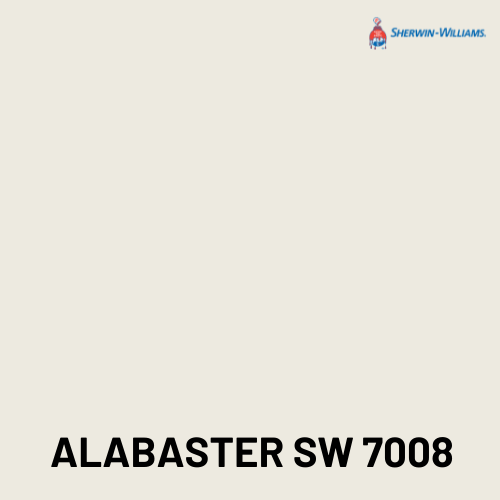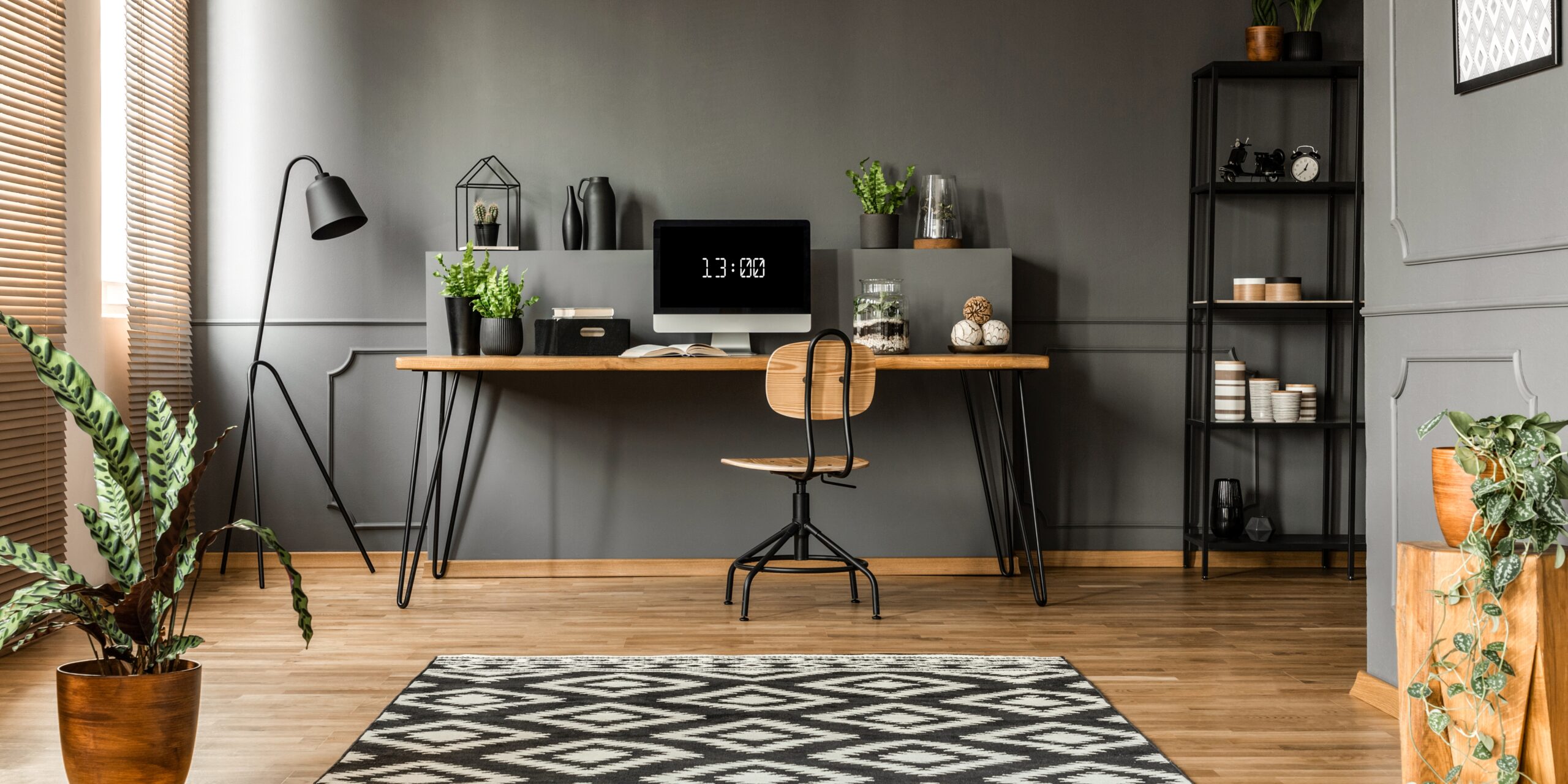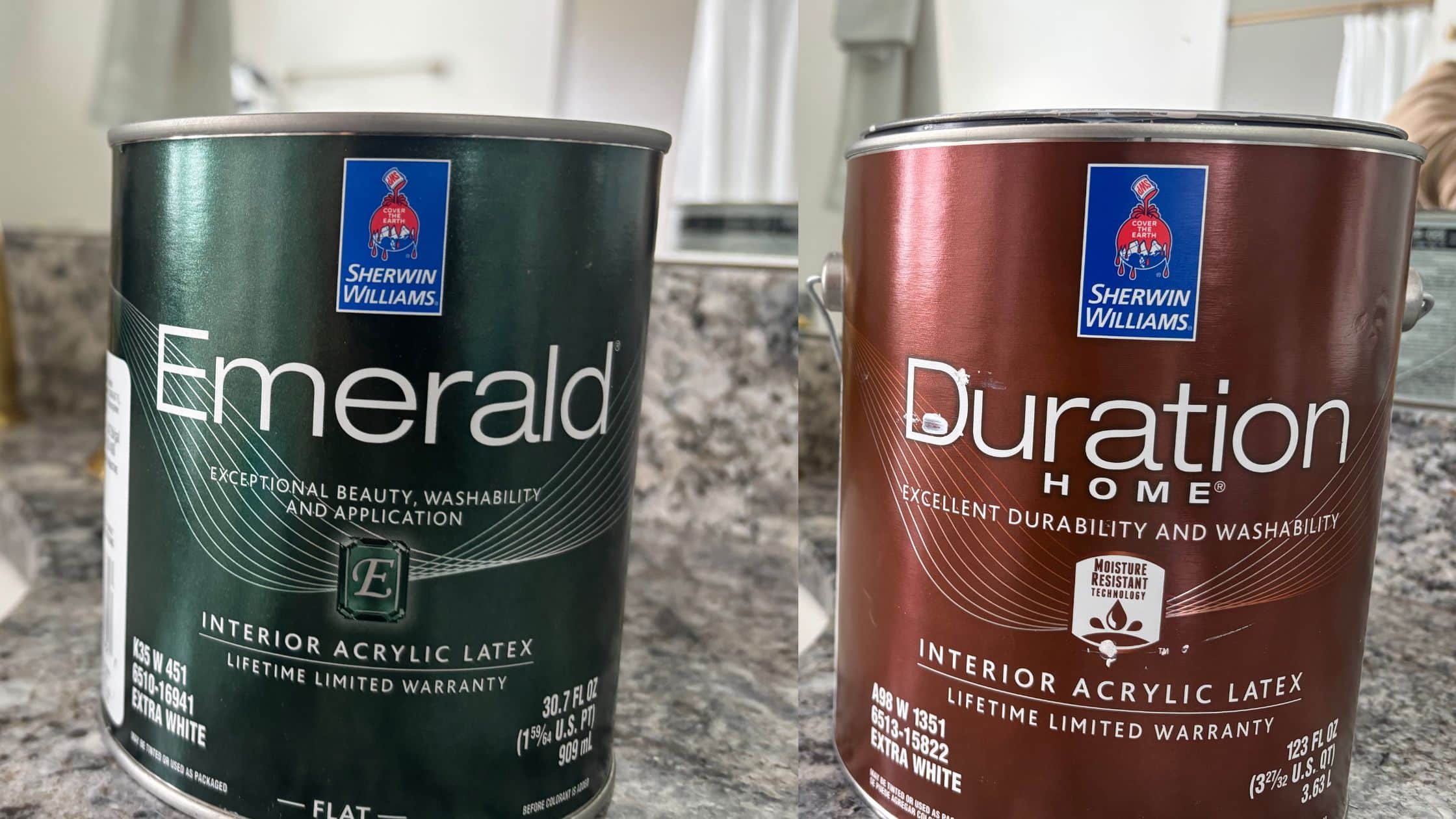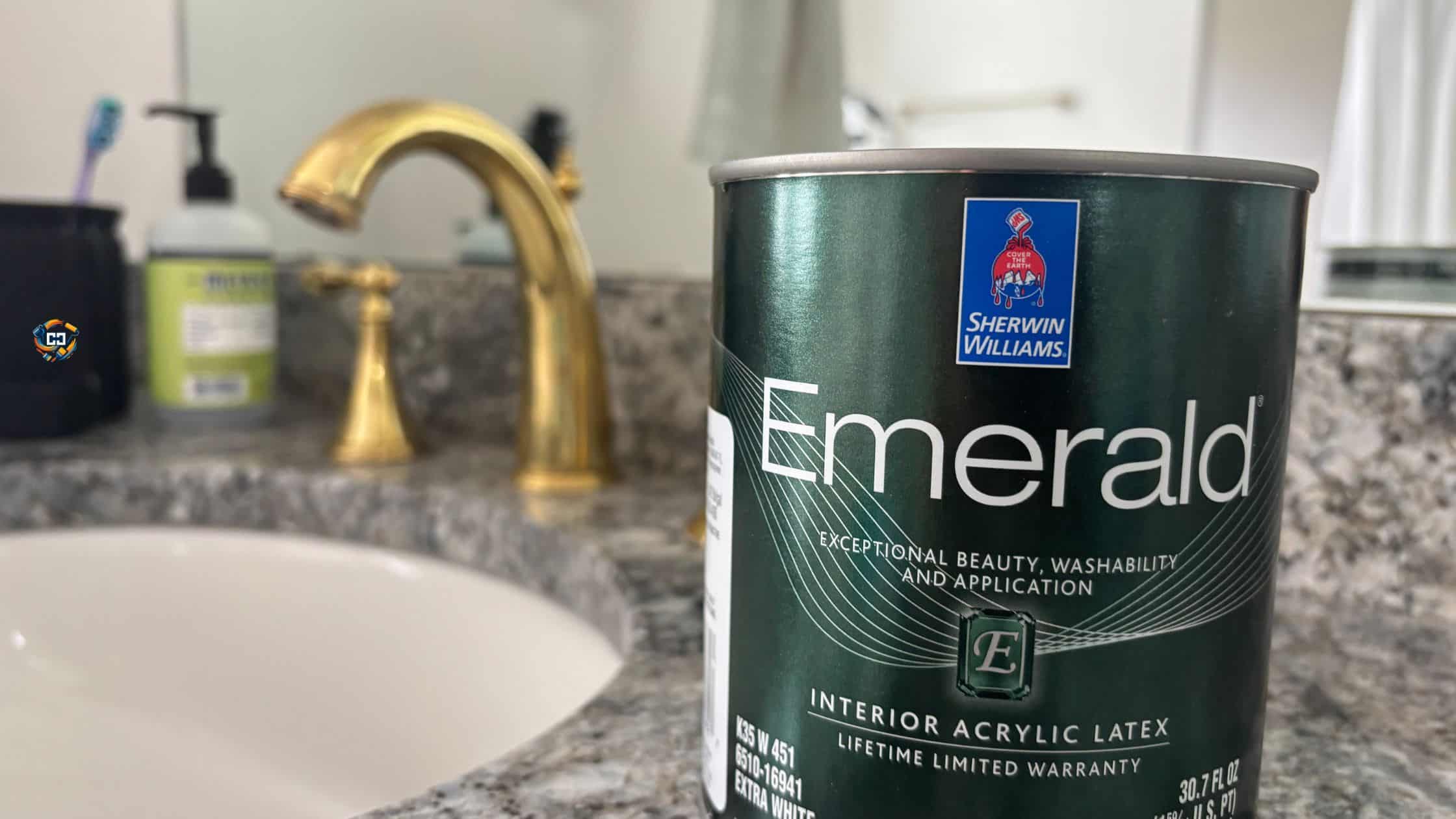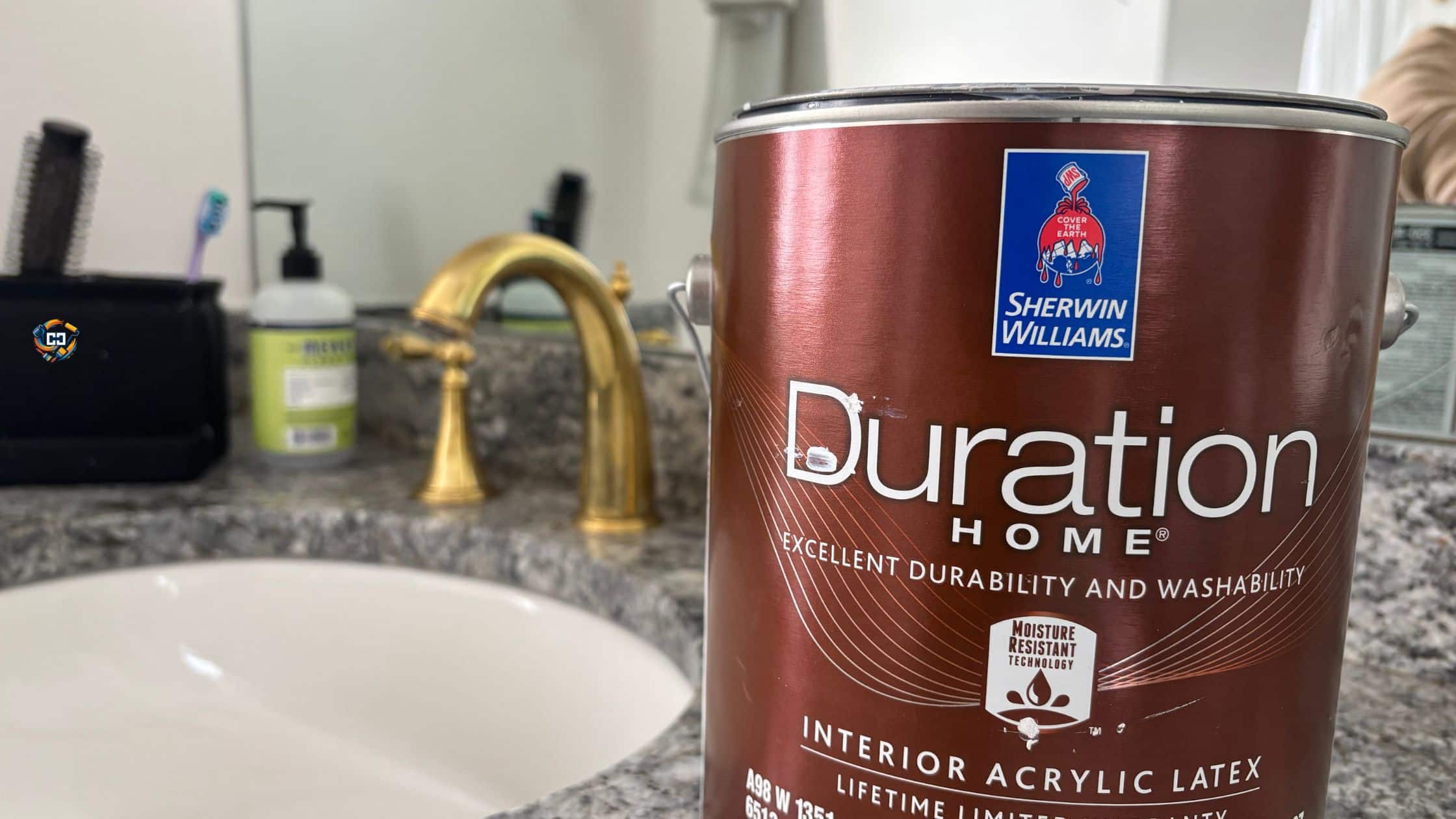Your bedroom is the one place designed for rest — yet the wrong paint color can quietly work against it.Color psychology shows that hues affect our mood, energy, and even how well we sleep. To create a restful, restorative space, choose colors that calm the mind, lower stress hormones, and complement your lighting and décor.Below,...

